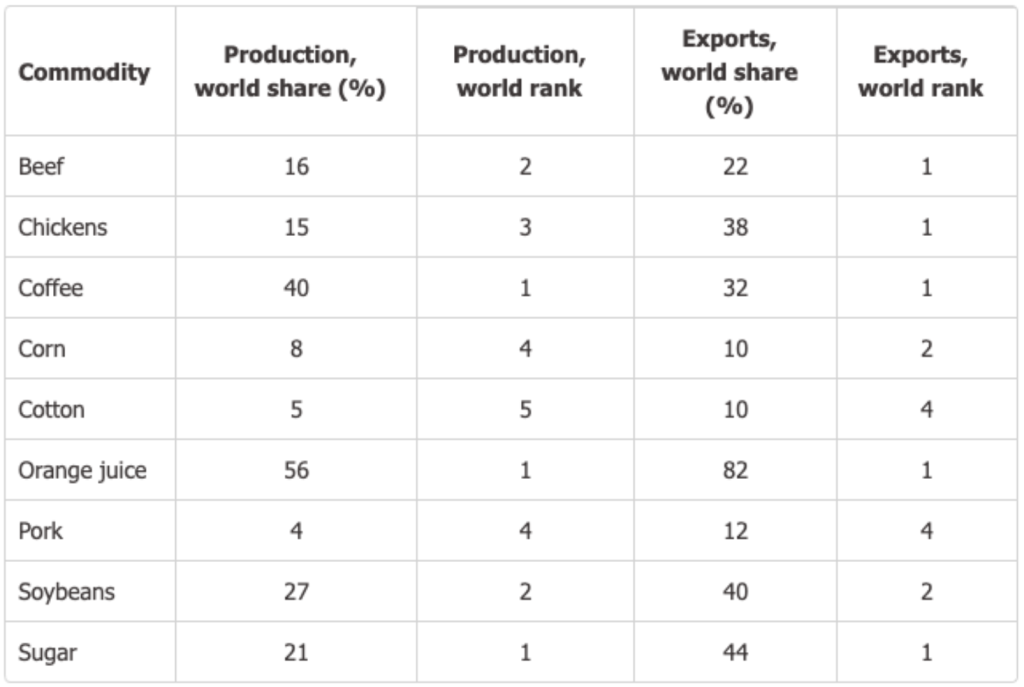
Beginner’s Guide to EA & GMAT Table Analysis Questions
UPDATED FOR THE NEW GMAT IN 2024
If you’ve used Excel or Google Sheets before, you’re well on your way to understanding Table Analysis on the GMAT Data Insights or EA Integrated Reasoning sections.
GMAT Table Analysis problems feature a sortable table with rows and columns of data. You’re then asked questions based on the information provided in the table. Sometimes the table can feel a bit overwhelming, but the right approach and a bit of practice can make tackling these questions much more manageable.
In this guide, we’ll break down a beginner-friendly approach to mastering Table Analysis questions on the GMAT. To see this approach in action, check out our video on Table Analysis:
(A quick note for Executive Assessment test-takers: Table Analysis questions appear on the Integrated Reasoning section of the EA. We’ll refer primarily to the GMAT in this article, but the question format – and our advice for tackling it – is identical for the EA.)
ORIENT YOURSELF TO THE TABLE ON GMAT DATA INSIGHTS
Before diving into the questions on Table Analysis, take a moment to familiarize yourself with the table itself. Understand the structure of the data, including the column headers, row labels, and any additional information provided. Pay attention to any patterns or trends that may emerge from a quick scan of the table.
This initial step might feel unnecessary, but it will help you grasp the big picture and help you be far more efficient and effective at solving the questions.
SORTING IS YOUR BFF ON GMAT TABLE ANALYSIS
Sorting the data will often simplify your life when answering a particular GMAT Table Analysis question. Identify the key variables relevant to the problem and arrange the data accordingly. Sorting can help highlight relationships between different data points and make it easier to spot patterns or outliers. Don’t hesitate to experiment with different sorting methods until you find the most useful arrangement for answering the questions.
As an example, first orient yourself to the table below:

Next, think through how you’d sort the table to most easily answer the following question:
Select Yes if the statement can be shown to be true based on the information in the table. Otherwise select No.

To answer this question, it would be most useful to sort the table by “Exports, world rank” and focus only on the rows that have a rank of 1. Then you can look at “Production, world share (%)” to see if all of those rows are over 20%:

Because Beef and Chickens are both below 20%, the answer to this question is “No.”
BE PREPARED TO SORT GMAT TABLES IN MULTIPLE DIFFERENT WAYS
On some GMAT Table Analysis questions, a single sorting method may not be sufficient to address all aspects of the questions. Be prepared to switch between different sorting criteria as needed to extract the relevant information.
For example, you might initially sort the data by one variable to identify trends, then re-sort it by another variable to focus on specific details. Flexibility in your sorting approach can significantly enhance your efficiency on GMAT Table Analysis questions.
GMAT TABLE ANALYSIS OFTEN REQUIRES A BIT OF QUANT SKILL
To solve GMAT Table Analysis questions, you’ll frequently rely on basic quant skills such as calculating percentages and averages. Our usual quant advice applies when working through these questions: first, plan out the most efficient way to work through the problem. Then, work carefully and check each step as you go.
PAY ATTENTION TO DETAILS ON TABLE ANALYSIS
We can’t emphasize this enough: silly mistakes can easily torpedo your score on adaptive tests like the GMAT and EA.. So, make sure that you read each Table Analysis question carefully (twice!), and check your work to catch any mistakes.
HOW MANY TABLE ANALYSIS QUESTIONS WILL YOU SEE ON THE GMAT?
According to the GMAT’s creators, Table Analysis questions make up 10-20% of the Data Insights section. That means that you’ll see 2-4 Table Analysis questions on the exam.
Want to learn more about the GMAT, EA, and Data Insights?
- Free, complete video courses for the GMAT and Executive Assessment
- Our Data Insights video playlist
- A pile of Executive Assessment and GMAT articles, on all sorts of topics
- Everything you could possibly want to know about GMAT tutoring